Many piercings don't interfere with breastfeeding. The human nipple has 8-12 openings, and a well-healed piercing is unlikely to block off all the openings. Scar tissue may result from nipple piercings. This can lead to blocked milk ducts that reduce milk flow and may lead to a low milk supply.
Yes, it might be possible for pierced nipples for breastfeeding. There is a risk of infections, blocked ducts, and rejections.
Proper planning and care can help prevent these issues while ensuring your baby's saliva transfers bacteria to your nipple during breastfeeding.
In this blog post, we will delve into the various factors and risks related to breastfeeding with a nipple piercing. We'll provide valuable tips to ensure successful breastfeeding with a pierced nipple.
Can You Breastfeed With Nipple Pierced: 4 Factors To Consider
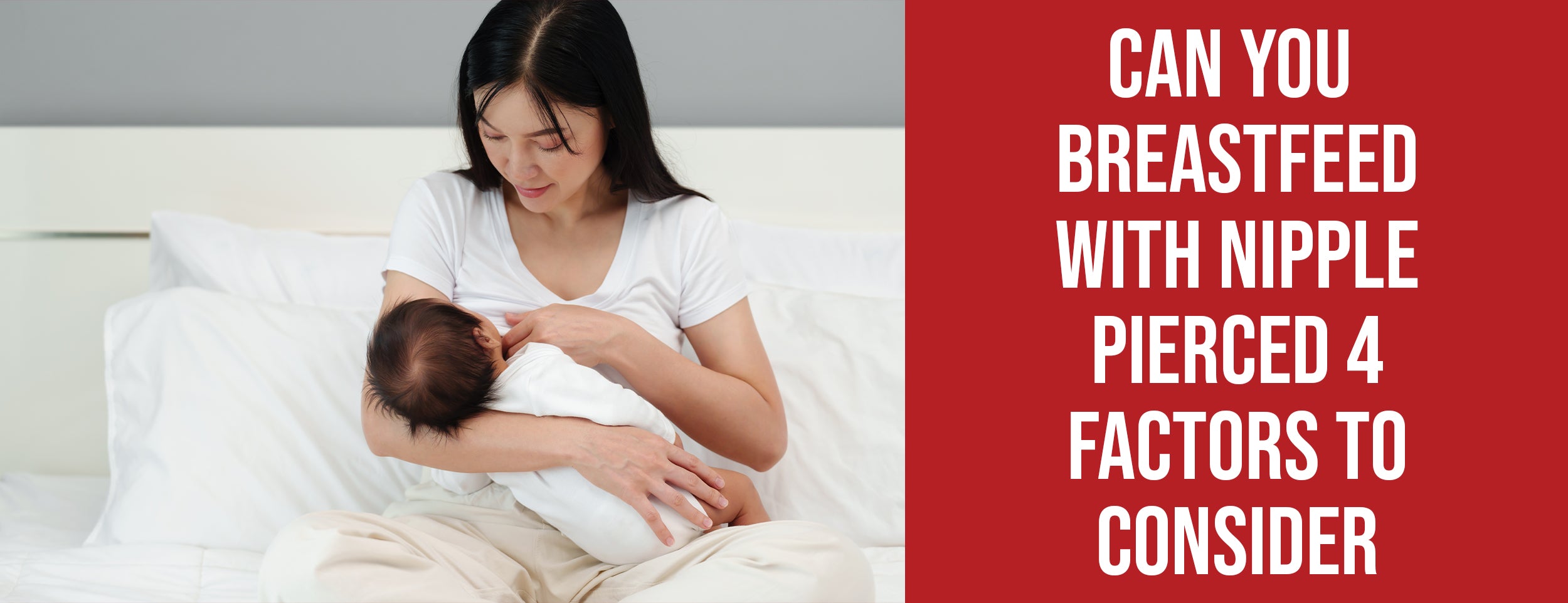
Parents with nipple piercings should understand the factors involved in breastfeeding. While nipple piercings can affect breastfeeding, with careful consideration and guidance, successful breastfeeding is still achievable. Breastfeeding with nipple piercings comprises a variety of factors that need to be taken into consideration.
The Time of The Piercing
Nipple piercings sometimes take 3 to 6 months or even longer. It's recommended to have the piercing completely healed before breastfeeding. A reduction in infection risk will also reduce the risk of other complications.

The Size and Type of Jewelry
Larger jewelry pieces can interfere with the baby's ability to latch correctly, which is crucial for successful breastfeeding. Certain materials may cause allergic reactions or irritate the baby's mouth. Therefore, choosing jewelry that is small, smooth, and made of a hypoallergenic material is essential.
The Location of The Piercing
The position of the piercing on the nipple can significantly affect the ease and effectiveness of breastfeeding. When piercings are closer to the base of the nipple, they may create more challenges with milk flow compared to those placed toward the end of the nipple.
This is because the proximity to the base might obstruct the milk ducts, while piercings positioned toward the rear allow for better milk flow. It is essential for individuals considering nipple piercings to be aware of these potential implications for breastfeeding.
Breastfeeding Technique and Positioning
Proper latch and positioning are crucial for successful breastfeeding. With nipple piercings, it becomes even more important to experiment with various positions and techniques to ensure the baby can latch adequately and feed effectively.
This may involve trying different angles, adjusting the baby's head position, or seeking guidance from a lactation consultant or healthcare provider. Finding the most suitable approach can contribute to a positive breastfeeding experience for both mother and baby.
Breastfeed With Nipple Pierced: 4 Risks
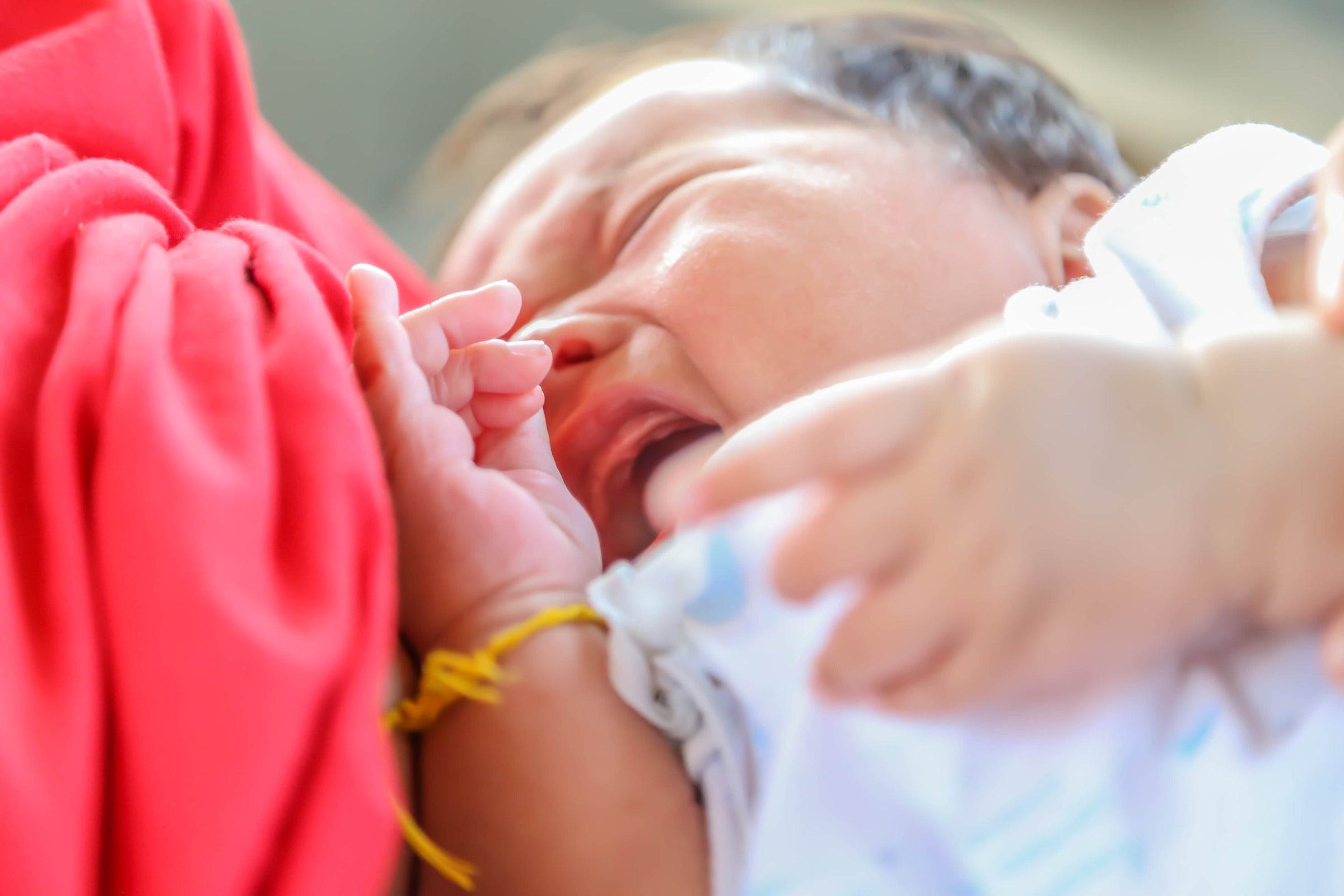
Breastfeeding while having nipple piercings comes with potential risks. Nipple jewelry can cause infection, inflammation, obstructed milk flow, damage to milk ducts, and mastitis in babies. It is crucial to be mindful of these issues when deciding to breastfeed with nipple piercings. When a mother has nipple piercings, there are potential complications that can arise.
Infection and Inflammation
Nipple piercings might introduce bacteria into the breast tissue, leading to infections. The healing process of a piercing can cause inflammation, which may make breastfeeding more difficult. The baby can also be exposed to bacteria from an infected piercing, leading to oral or gastrointestinal infections.
Inhibited Milk Flow
Piercings, especially in the breast area, might harm milk ducts, which handle the milk flow. This can lead to an obstruction in the ducts, causing a decrease in the milk available for the baby to consume. Consider the impact of piercings on breastfeeding and seek medical advice.

Increased Risk of Mastitis
Mastitis is characterized by an infection in the breast tissue, leading to pain, swelling, warmth, and redness. In addition, it may induce flu-like symptoms, including fever and chills. A nipple piercing can increase the risk of developing mastitis, especially if the piercing is not properly cared for.
Nipple Jewelry May Get Stuck
If the jewelry, such as nipple rings or studs, becomes detached during feeding, it poses a potential choking hazard for the baby. To ensure the utmost safety, many experts strongly recommend removing any nipple jewelry before breastfeeding.
Taking this precaution reduces the risk of accidental ingestion and provides a secure environment for the mother and the baby.
Breastfeeding With Nipple Piercings: 4 Tips

If you have nipple piercings and are planning to breastfeed, here are some practices and tips that can help make the process smoother and safer.
Proper Hygiene And Cleaning
Keeping your piercings clean is crucial in preventing infections. Regularly clean the piercing and jewelry with a saline solution or other recommended cleaning agent. Also, wash your hands thoroughly before handling the jewelry or breastfeeding.
Removing The Jewelry Before Nursing
Using a nursing necklace can effectively eliminate the risk of the jewelry becoming a choking hazard if it falls off during feeding. It's important to remember that frequently removing and replacing the jewelry might irritate the piercing, so taking proper care is crucial to ensure safety and comfort.

Use Nipple Shields
If your piercing is causing issues with latching or milk flow during breastfeeding, these helpful tools can come to your rescue. Nipple shields, for instance, provide a secure latch for your baby, ensuring adequate feeding.
Breast shells not only protect your delicate nipples but also conveniently collect any milk leakage, preventing wastage and discomfort. With these essential aids, you can navigate breastfeeding challenges with ease and confidence.
Seeking Advice from a Lactation Consultant
If you're having difficulty breastfeeding or experiencing complications related to your piercing, seek professional help. A lactation consultant can offer advice and strategies for effective breastfeeding, while a healthcare provider can monitor for infections or other medical issues.
Conclusion
Breastfeeding with nipple piercings may seem challenging, but it's not impossible. Knowledge must be balanced with precautions to ensure your and your baby's well-being. Remember, your unique circumstances and factors are crucial in deciding whether breastfeeding with piercings is suitable for you.
You don't have to navigate this journey alone; seeking support and guidance is essential to ensure a safe and successful nursing experience. So, ladies, empower yourselves with information, seek advice, and make the best choice for you and your little one.

![Whether you can breastfeed with a pierced nipple: 4 factors and 4 risks [with 4 tips]](http://drnumb.com/cdn/shop/articles/Can_You_Breastfeed_With_Nipple_Pierced__4_Factors_and_4_Risks.jpg?v=1714371734&width=1100)


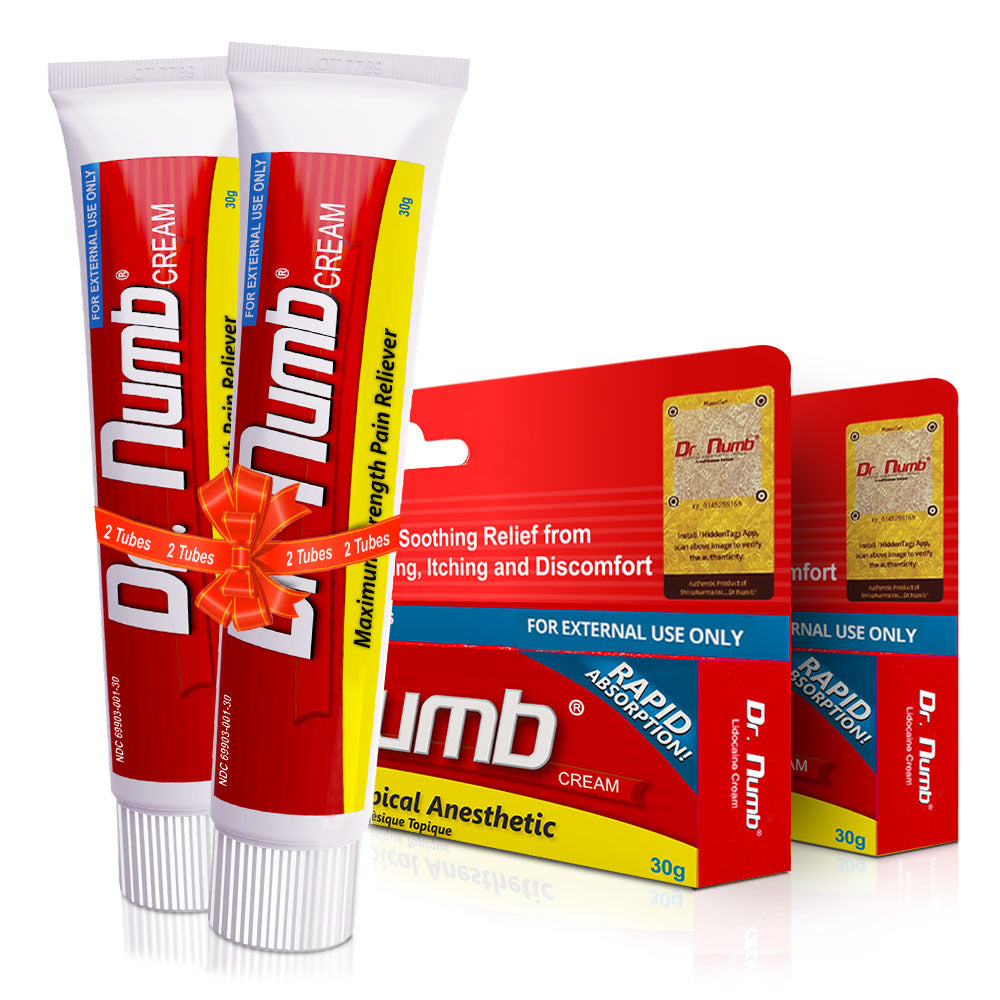

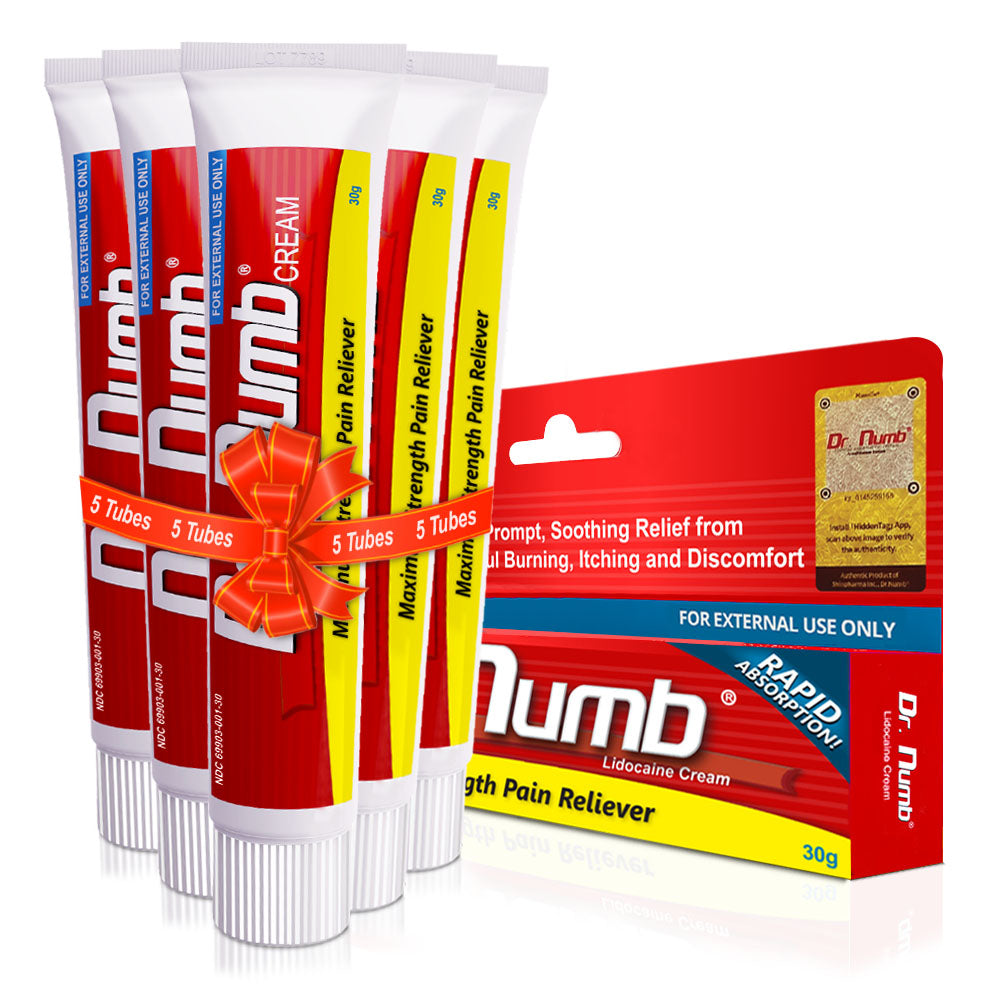
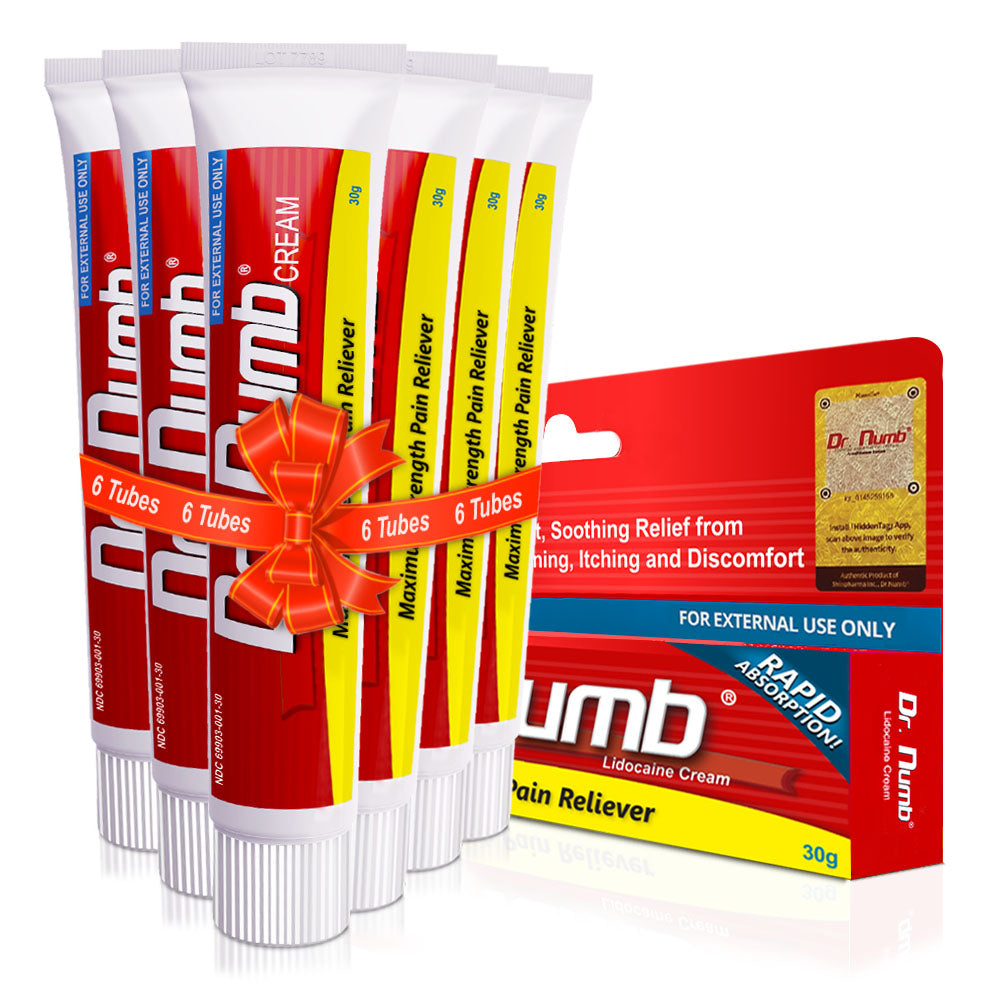
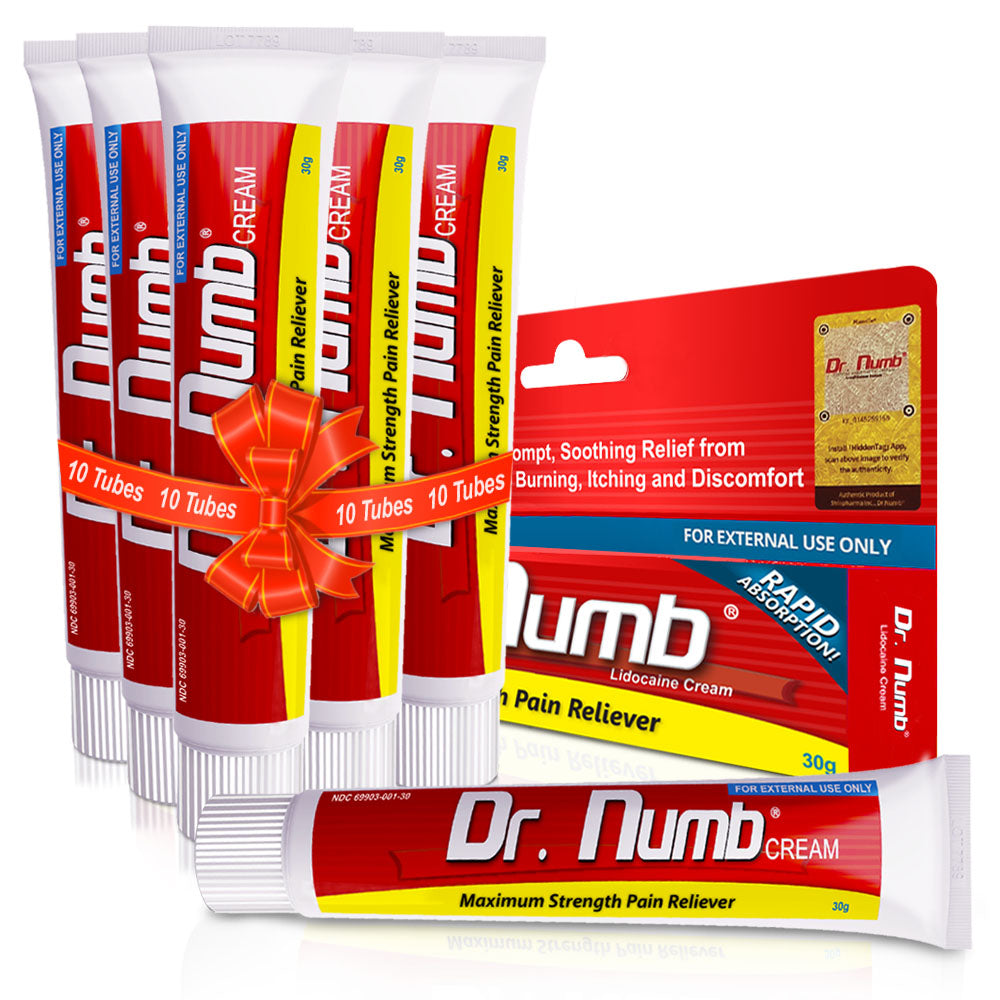
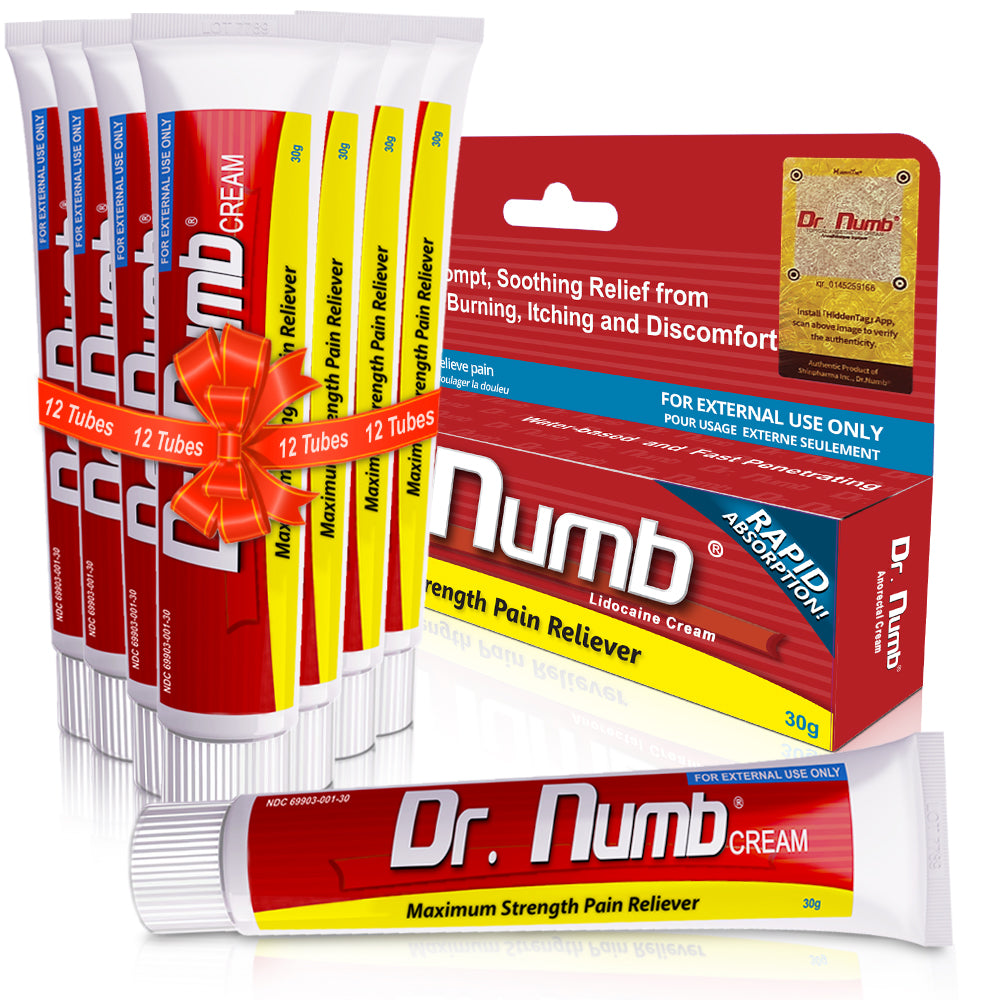





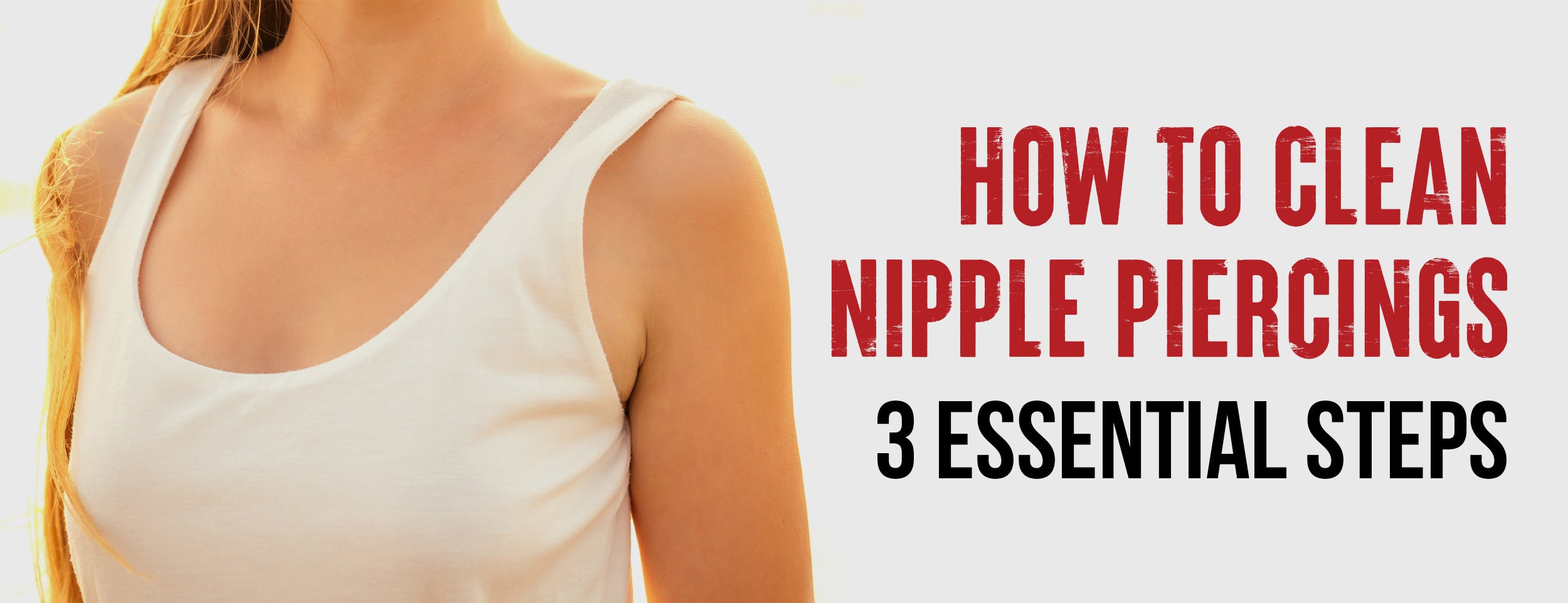
![The Recovery Time and Stages of Nipple Piercings [Best Practices]](http://drnumb.com/cdn/shop/articles/How_Long_Do_Nipple_Piercings_Take_To_Heal__3_Stages_Explained.jpg?v=1714373243)

